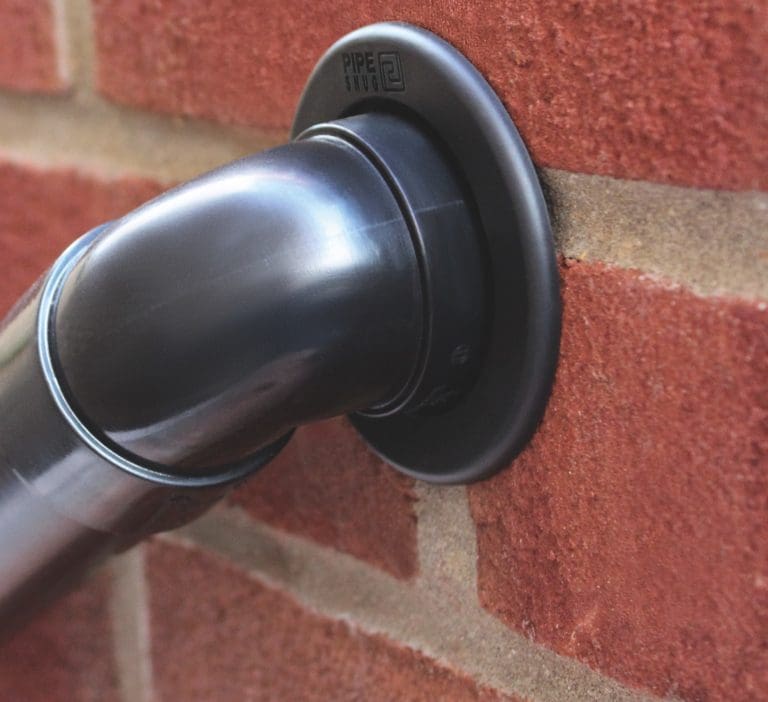
Changes to Part L of the Building Regulations came into force last month with a period of adaptation for the industry until June 2022.
“The days of sealing around pipes with messy or porous mixtures and chemicals are now over,” said Alex Lever, director of PipeSnug. “Pipe seals have been mandated for a reason; to prevent warm air escaping a home and to keep cold air out, where brickwork or the fabric of the building has been removed to allow pipework or other services in. This is a big change for those installing pipework.”
Enhancing the energy efficiency of new homes
The new Part L has now tackled these issues, at a stroke enhancing the energy efficiency of our new homes, not to mention giving a cleaner, more professional finish around pipework.
Alex set up the company, PipeSnug, after developing solutions to the challenges he’d faced himself as a professional bricklayer and builder. The product, PipeSnug, provides an all-in-one solution that meets Part L’s requirement to seal around pipework inside and outside a building, without the need for sealant, mortar or expensive air sealing tape.
Before PipeSnug, holes around pipes would normally be sealed by mixing mortar or applying sealant (both of which can weather, perish and crack) which takes a lot of time and the results do not always look good. This method does not produce the best energy-efficient seal and means that the penetrations are liable to water and insect ingress too.
The new Part L has now tackled these issues, at a stroke enhancing the energy efficiency of our new homes, not to mention giving a cleaner, more professional finish around pipework.
“PipeSnug has ambitious plans to invest and launch new versions to cover different sizes and applications in the coming months as demand rises due to the changes to Part L,” says Alex.